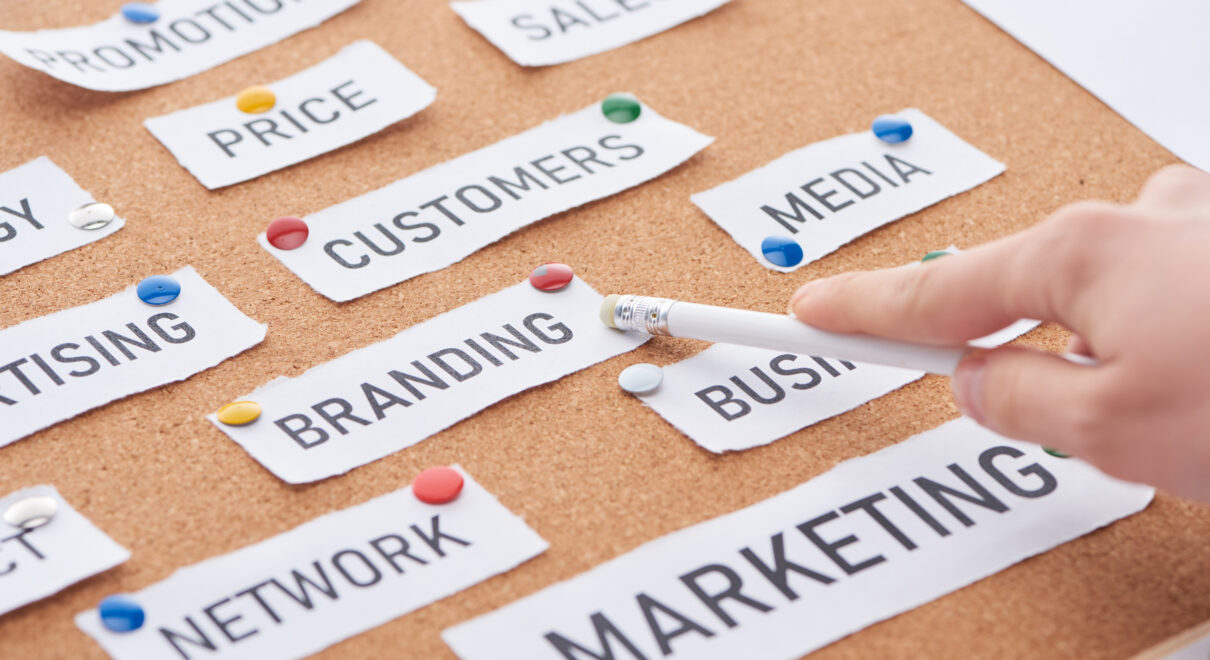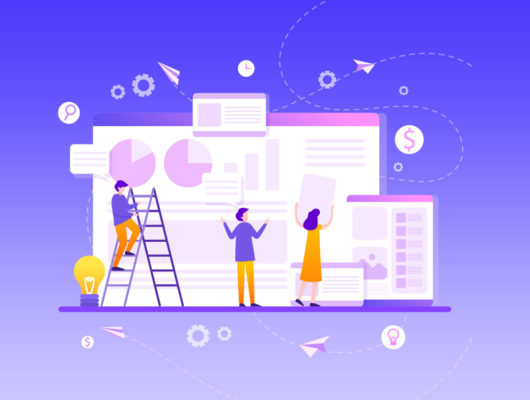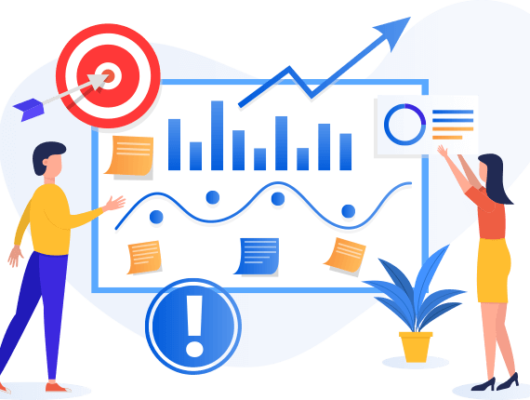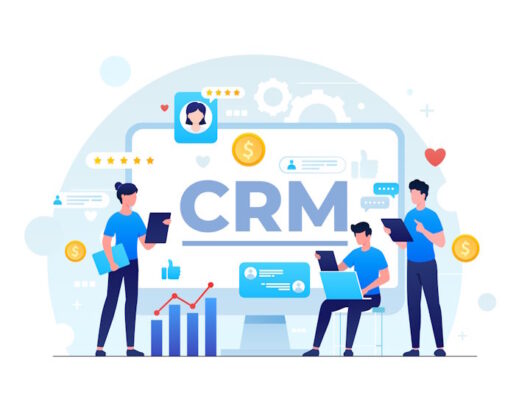Introduction
Most businesses know how to generate leads—but far fewer know how to convert them. That’s where a high-converting CRM funnel comes in. From the moment a cold lead enters your system to the point they become a paying client, every touchpoint should be deliberate, automated, and personalized. Here’s what a successful lead-to-client journey looks like inside a smart CRM.
Step 1: Lead Capture
It begins with a simple action: someone clicks on your Facebook ad, Google listing, or blog CTA. They land on a dedicated landing page offering something of value—maybe a downloadable guide, a free audit, or a discount. In exchange, they enter their name and email. The CRM captures this data instantly, tagging the lead based on their source and interests.
Step 2: Immediate Engagement
The moment they hit “submit,” your CRM springs into action. It sends a personalized welcome email confirming their download, introducing your brand, and gently guiding them to learn more. No pushy sales pitch—just clear, helpful information that positions your business as trustworthy and professional.
Step 3: Lead Nurturing
Over the next few days, the CRM sends a strategic sequence of emails. These messages offer educational value, customer stories, and answers to common questions. This builds rapport, credibility, and keeps your brand top of mind. Meanwhile, your CRM is silently tracking email opens, link clicks, and site visits.
Step 4: Lead Scoring and Qualification
As the lead engages more, the CRM assigns a score based on behavior. For example, opening three emails and visiting your pricing page may push their score above a certain threshold, indicating sales-readiness. Once they cross that line, the system either alerts your sales team or triggers a more direct call-to-action—like booking a call.
Step 5: Human Touch
At this point, it’s time for personal outreach. Using CRM insights, you can send a tailored message like, “I noticed you downloaded our pricing guide and visited our testimonials page—happy to answer any questions.” You’re not guessing—you know exactly what they’ve interacted with.
Step 6: Conversion and Beyond
Once they agree to buy or sign up, they’re moved into the “client” stage. Your CRM then launches an onboarding workflow—sending a welcome message, scheduling next steps, and possibly asking for a testimonial down the line. This ensures consistency, even after the sale.
Conclusion
A CRM funnel does more than just organize your contacts—it automates trust, qualifies your leads, and saves your team hours each week. When done right, it creates a seamless path from awareness to action. Cold leads don’t stay cold for long when your funnel is working behind the scenes.







